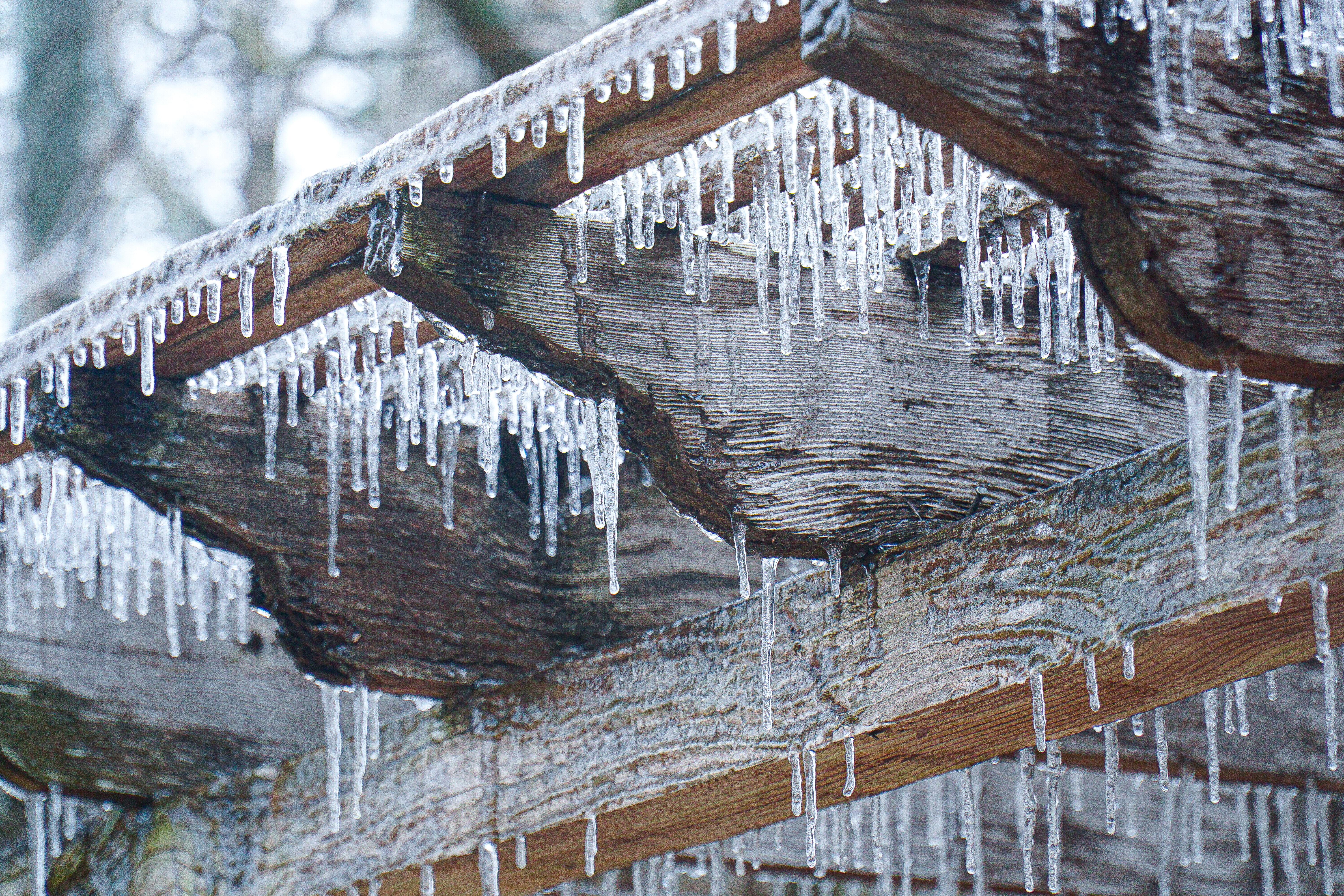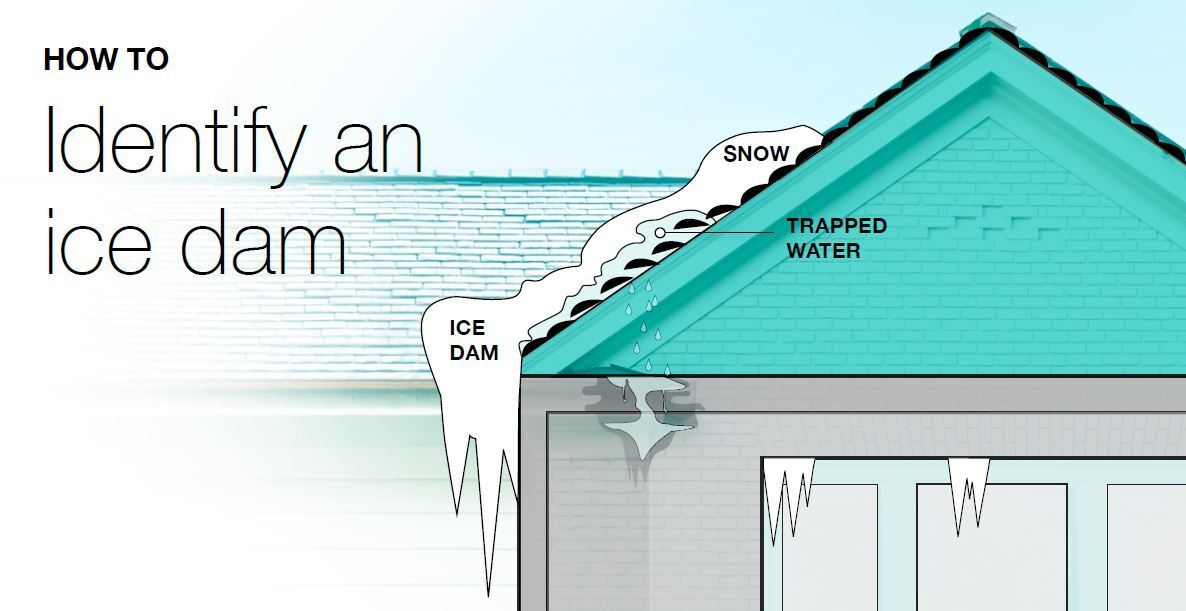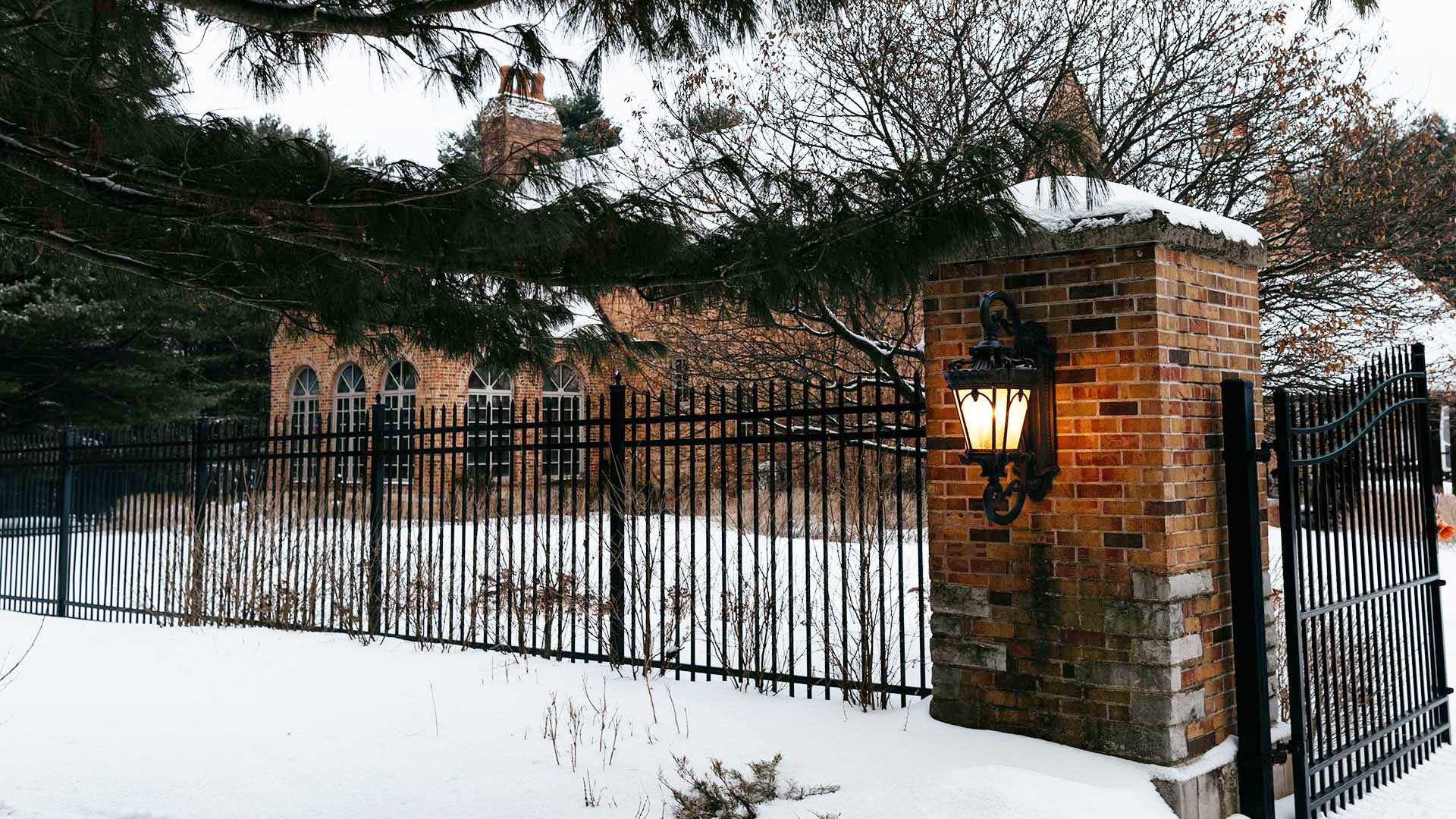What Are Ice Dams and How Do You Prevent Them?

What is an ice dam?
Ice dams occur when water from melting snow runs down the surface of your roof and then re-freezes, usually as it gets towards the edges of the roof, creating a block—or a dam—where any subsequent run-off starts to pool. The ice dam effectively prevents water from properly draining off of your roof. The blocked, unfrozen water can then find its way under shingles and then, as the temperature fluctuates, re-freeze and lift the shingles from the roof, allowing water to enter your home.
Ice dams on your roof can subsequently create significant damage, as the backed-up water can leak into your home and drench walls, ceilings and insulation.
How to recognize ice dams
There are several signs that may indicate the presence of an ice dam on your roof. After a snow storm, be on the lookout for these scenarios in your home:
- Water or ice inside or around window frames
- Visible ice or water on your home’s siding
- Icicles or ice build-up along your roof’s edge or behind gutters
- Ice emerging from any exterior vents along your roof

How to prevent ice dams
- The most effective way to prevent ice dams is to have a professional clear your roof after each significant snowfall, especially if temperatures are forecast to fluctuate below and above freezing following the storm.
- You can also reduce the amount of heat that escapes from your roof—in turn reducing snow melt—by ensuring that your attic is properly insulated and ventilated.
- Installing a waterproof underlayment can prevent water intrusion and lower the risk of damage should an ice dam form.





